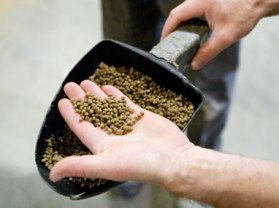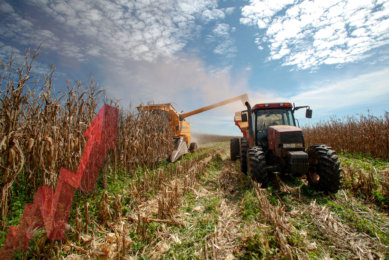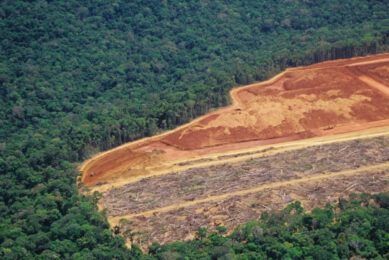Feeds for fish are safe

Norwegian surveillance of fish feeds for undesirable substances by the research organisation, NIFES has shown that the levels were below levels that would cause concern.
The feed samples were largely below EU’s limit for maximum content, where these limits exist, and only showed a few findings of undesirable substances above this limit. The feed samples monitored were collected in 2008 and 2009.
The level of banned substances, additives, specific bacteria, fungicides, specific pharmaceuticals, herbicides, dioxin, PCB and various metals in fish feed was mapped.
In 2008 a total of 359 samples of fish feed or fish feed raw materials were collected and analysed.
Not all of the samples were analysed for all of the substances, but there were relatively large differences between the numbers of samples that were analysed for the different contaminants.
Budget contraints
Because of budget cuts, the number of samples was reduced to 25 in 2009, and therefore these relatively few samples collected in 2009 were analysed for more parameters.
The results from 2008 and 2009 show that largely the findings did not exceed the EU’s limit for maximum content, where such values exists, for organic environmental toxins, including dioxin, dioxin-like PCB and pesticides.
In a few cases, the level of arsenic was above the limit. However, the limit for arsenic has now been increased as research has shown that this is safe for both fish and the consumer.
In relation to EU’s current limit for maximum content for arsenic in fish feed, the limit was not exceeded.
There were also two feed samples from 2008 that showed levels of mercury above EU’s limit for maximum content. The limit for mercury has also recently changed and no samples exceeded EU’s limit for maximum content in 2009.
Source: fishnewseu.com












